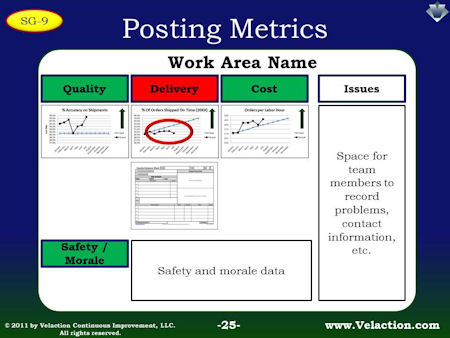Measure the Things You Can Control
As I’ve mentioned in many previous articles, sports provide an outstanding backdrop to teach Lean lessons. This aspect of athletics was reinforced in a recent article in ESPN magazine. It takes a detailed look at the statistics behind one pitcher’s performance.
This player had an outstanding year in 2012. By one measure, he was responsible for adding 5.3 wins to his team. This year though, using the same metric, he is responsible for one additional loss. On the surface, this looks like a fairly significant drop in performance. The problem though, is…

